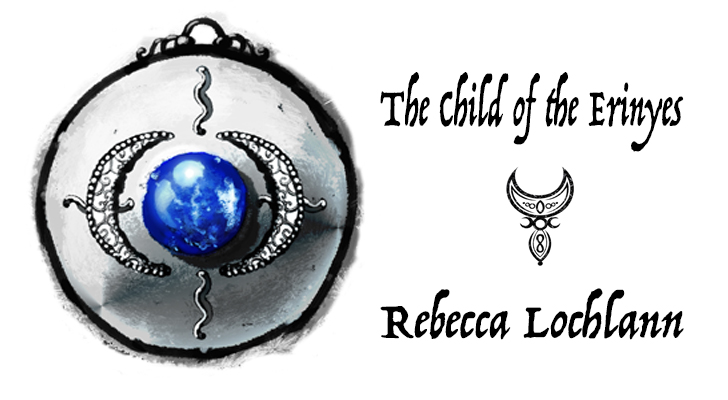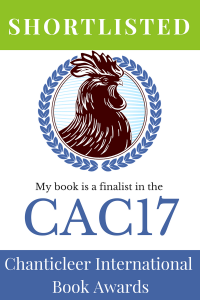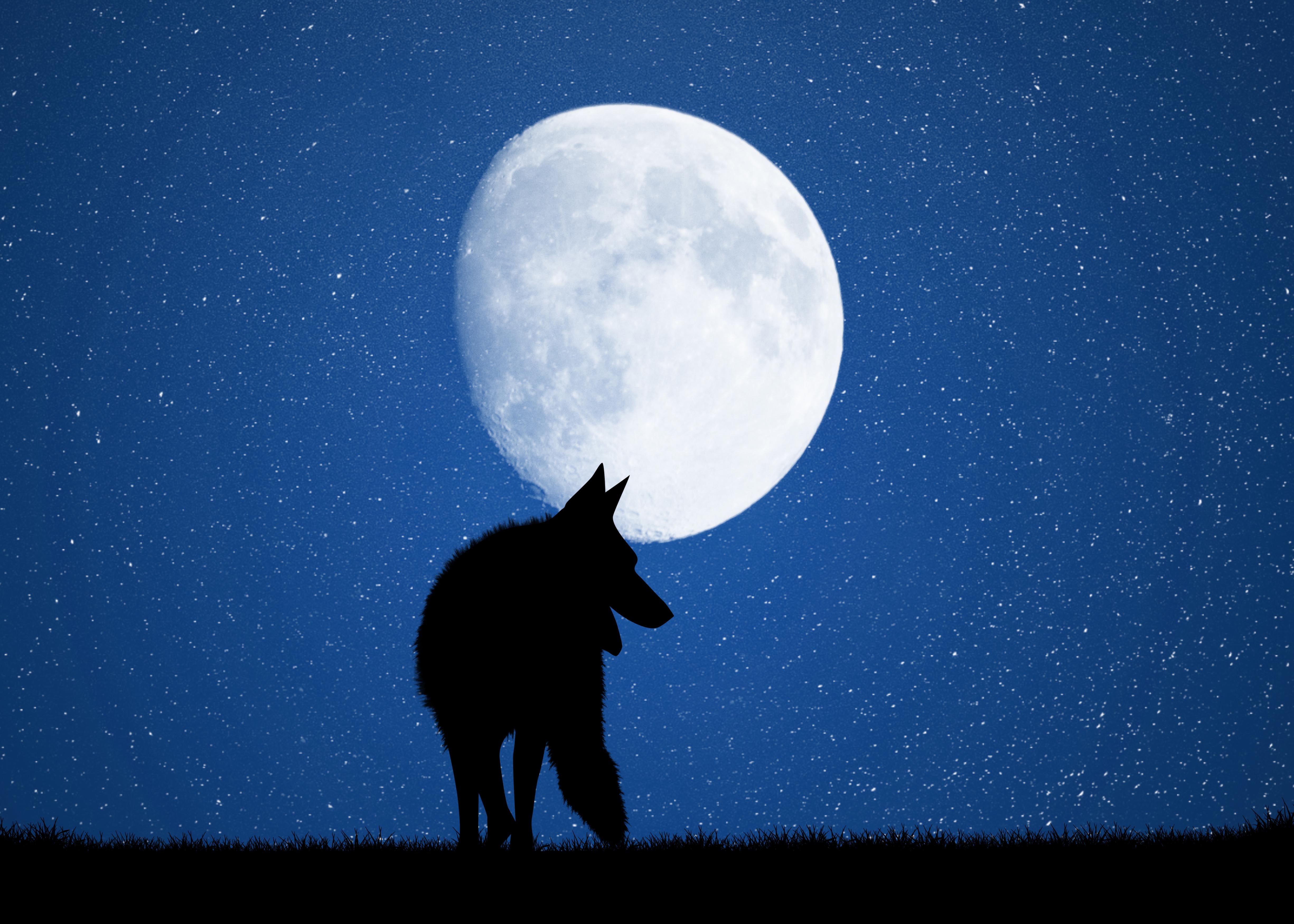Blog Archives
Peeking Behind the Curtain at Falcon Blue
August 4, 2018
Falcon Blue, book six of The Child of the Erinyes, was the only book of the series not already drafted when I began publishing. I didn’t intend to write this story at all: my plan was to merely allude to it in other books. But after finishing The Sixth Labyrinth, I realized this story had to be told. For one thing, it’s the first reincarnation after the explosive, tragic events in the Bronze Age, as told in books 1-3, The Year-god’s Daughter, The Thinara King, and In the Moon of Asterion. That in itself makes it important—and there is more. The story of Falcon Blue as it was shared in The Sixth Labyrinth was a lie, and the record had to be set straight.
I had already written and published books detailing two of my triad’s lives, and I refused to add another unless it contributed a unique value to the series that no other book could. I’m happy to report that after much contemplation, months of research, and countless ever-changing outlines and drafts, I wrote a story that did what was needed. In fact, everything—the entire series—hinges upon the events in this book. So that’s kind of cool.
Plus, though this book turned out to be number six in the series, it can be read straightaway after the first three books without missing a beat, without any confusion, and, much like C.S. Lewis’s Narnia Chronicles, in linear fashion. His Magician’s Nephew was originally book six of that series, but it can be read as though it is book one: perhaps that’s why they started marketing it as such, although for me, it will always be book six, since that’s how I first read the Chronicles as an eleven-year-old. It’s due to Lewis that I felt comfortable leaping backward in time from The Sixth Labyrinth, set in Victorian Scotland, to the early 500s AD.
When I began researching the setting for Falcon Blue, I was surprised and rather dismayed to discover that the early medieval period (at least in Scotland) is a dark, dark place. Well, yeah, I know—I should have been prepared, since until recently, it was known as the Dark Ages. I honestly thought there would be more knowledge about this period than there was about my previous Bronze Age settings, but that was not the case. By the time I was committed, too far in to retreat, I realized this was not going to be easy or quick. Not that researching the Bronze Age Mediterranean was easy exactly, but I would argue that I had more information at my fingertips than I could find in a year of researching the early medieval period. When seeking the details I needed for this story, I came up against wall after wall, contradictory information, patchy details, and downright disagreement.
One of the first things I was sure I wanted for the story was the tower—a round tower—for the main place setting in the story, a fort I call Dunaedan, in the Cape Wrath area. I ran into problems pretty quickly. Apparently there were no towers in Scotland in this era, even though there were ruins of round towers from earlier periods—brochs—some of which can still be viewed to this day.
Thank goodness my work is historical fantasy instead of straightforward history. There may not have been any round towers in northwest Scotland in the year 502 AD, but there is in my story. More problems arose as I worked on the specifications of the tower. See, it’s kind of special. My tower has two staircases—one that leads from the feasting hall in a spiral through the center, up seven floors to various chambers, but there’s another staircase no one who lives at Dunaedan knows about. It’s hidden in the outer walls, and provides access to each level—each room—through seven disguised doorways.
There are tons of castle cutaways online. With their help I was able to imagine, form, and develop this unique structure. To see some, click here.
Of course, having secret doorways meant I had to figure out how those worked. So I put on my engineer hat and studied cantilevers and latches that would make it possible to open and close these doors soundlessly and in a small space. Typical—the Irishman named Aedan in the book got the credit for all these marvels of engineering! Here are some secret doors that inspired me. << edit: this webpage has gone away, unfortunately, and I can’t find any other site with the same kind of door.
The initial title of Falcon Blue was The Black Wolf of Dál Riata. As I always do when I am choosing a title, I went off into the mists of Google-land to see if this title was already in use. Well it wasn’t…then. It is now. That exact title appeared on another book as I was editing Falcon Blue. Whew! So glad I decided against it for other reasons. When I switched to falcon titles, I saw very quickly that this, too, was going to be a bit of a problem. There are many books—maybe hundreds—titled some form of “Blue Falcon.” But as of this moment, there are no other books called Falcon Blue.
About the cover: The warrior image was provided by the amazing artist, Eve Ventrue, whose work can be seen here. I bought the image (and two more) before I even started writing Falcon Blue, because the ideas for it were swirling around in my brain and I knew this image would meld well with the story. I don’t know if any of my readers have ever noticed, but there is a pattern to the covers. Three stories, each story part of an internal trilogy, each one leaning a little more towards one of the three characters. That character is portrayed on the cover. Book one has Aridela, book two has Chrysaleon, and book three has Menoetius on the cover. When the triad enters the middle trilogy, we see the same characters with their new faces: Aridela/Lilith on the cover of The Moon Casts a Spell, Chrysaleon/Aodhàn on the cover of The Sixth Labyrinth, and Menoetius/Cailean on the cover of Falcon Blue. We at Erinyes Press manipulated the warrior image for Falcon Blue off and on for two years while the tale grew. We added color, texture, standing stones, the glowing eyes, and the wolf as they developed.
Vita the wolf was a later addition. Initially it was a human warrior who was being hailed as “The Black Wolf.” There was no actual wolf. When the title changed to Falcon Blue, I naturally wanted the protagonist to have a pet falcon. But falcons just aren’t the same as dog-like creatures. They’re very cool, but I wanted a companion who could have an almost spiritual bond with the warrior. At first, Vita played almost no part in the adventures. But she grew and grew and grew in the course of the evolving story until she almost stole it. I absolutely fell in love with that mystical, mythical, personable wolf!
One of the most interesting and unexpected things I discovered while researching, after I had already written scenes of convicted criminals being put to death by “cliff,” was “The Judgment Stone.” East of the town of Durness there is, or was, a place called Ceannabeinne. One of the legends attached to this place is the “Clach a Breitheanas,” or “Judgment Stone,” where ne’er-do-wells were tossed off the cliffs to their deaths. I thought I had made that idea up, but apparently not.
In Falcon Blue, the inhabitants of an isolated island refer to the lands around them as The Dominion of the Seventh Age. This title morphed through so many iterations I can hardly remember them all, as did the name of the actual island itself, which began, for convenience, as The Other Place. You know, one of those holding names you use until you can come back and give it your full attention. I wanted to use The Seven Kingdoms for the countries outside of the island, but soon realized this was pretty much copyrighted by George R. R. Martin! More ideas came and went—The Sand Kingdom, The Lost Kingdom, The Water Kingdom, the Cloud Kingdom, The Kingdom of the Seven Mountains…blah blah blah. Finally, The Dominion of the Seventh Age stuck. As explained in the book, it encompasses our seven continents and an ancient legend.
Speaking of seven, I realized while I was editing Falcon Blue that the number seven was coming up again and again and again, not only in this book but throughout the series.
Here are a few examples:
Cailean (In Falcon Blue) promises to return seven foals to the breeder who sold him horses.
Bharosa is seventeen hands high: he was the seventh foal to be born in Britain after the purchase of the stallions and mares.
The seventh and final door in Dunaedan’s tower is Eamhair’s bed chamber.
When a human girl sheds seven tears into the ocean, a seolh (selkie) will come.
Seven men, including Cailean, sail off to find the escaped criminal, Taranis.
Seven days pass before Cailean regains consciousness after being injured in the sea.
The Dominion of the Seventh Age: legend claims the world will exist for seven ages, and in Falcon Blue, the world is smack in the middle of the seventh age.
Bericus promises to spend seven days on his knees asking forgiveness for what he does to Eamhair.
Aridela is told she will live seven lives. (Or labyrinths).
On the island in Falcon Blue, once every seven years a human is offered instead of a ram.
Cailean becomes a kira at age seven.
When the Moon Whispers, the next book in the series and the climax, is book seven.
Last but not least, a quote from Robert Graves in The Greek Myths: “The number seven acquired peculiar sanctity, because the king died at the seventh full moon after the shortest day.”
This all happened organically, without any planning on my part. For that reason, I suspect these occurrences were inserted by my muse, Athene—for what reason, I don’t yet know.
She offered no help when it came to choosing the name of the new character introduced in Falcon Blue—or did she? She sure let me know when name after name, so promising at first, had to be rejected. Excitement soured into disappointment then into despair, over and over and over again, for literally years. This was one of the very last problems keeping me from publishing; the one dilemma I could not seem to solve.
Finally, it came to me, quite by accident, as I was reading about something else—the life of Kronos.
Gaia, Mother Earth, wanted her younger children to attack their father Ouranos for what he had done to their older children. With the aid of an adamant sickle she provided, Kronos and his brothers and sisters defeated Ouranos; the blood from his severed genitals created the Erinyes: Alecto, Tisiphone, and Megaera.
Well, something led me to that article, and when I began researching and learned more about the name that sprang out at me, I knew it was “The One.”
I’d best say no more about that.
I hope to have Falcon Blue available in paperback before the end of the year. Happy reading!
Book Six: Falcon Blue
March 24, 2018
the first reincarnation
Falcon Blue is LIVE!
Find it worldwide at Amazon, Barnes & Noble, iTunes and Kobo: it’s also in stock at Indigo and Angus & Robertson. The paperback is now live as well! Paperback version can be purchased at Amazon, The Book Depository, Waterstones, Barnes & Noble, and anywhere else that carries real books.
I know… it’s a little unusual, making the first awakening of my triad after Crete, number SIX in the series. But early in life I was inspired and influenced by C.S. Lewis, who did something similar with his Narnia Chronicles. Did you know that originally, The Magician’s Nephew was Book Six of that series? For those who haven’t read them, The Magician’s Nephew was a prequel to The Lion, the Witch, and the Wardrobe.
So here I go, emulating a great writer in my own little way. And yes, all of the above is a load of doo-doo.
Truth is, I didn’t intend to make Falcon Blue part of my series. I was going to go along in linear fashion, 1,2,3,4,5,6 and 7. But as I kept on writing, developing the story and the goal, I realized it had to be included. Interested readers had to see the beginning–the beginning after the beginning, I should say.
So, TA-DA, Falcon Blue was germinated, watered, nurtured, and has now been birthed.
IF YOU HAVE READ THE FIRST THREE BOOKS IN THE SERIES, YOU CAN READ FALCON BLUE WITHOUT MISSING A BEAT!
The first three books are: The Year-god’s Daughter, The Thinara King, and In the Moon of Asterion.
Aodhàn Mackinnon told the story of Eamhair, Cailean, and Taranis in The Sixth Labyrinth.
He lied.
Here is the truth.
Seeking escape from the brutality of war, Cailean journeys to the wilderness at land’s end, but instead of peace and solitude he finds conspiracy, evil, and a love that makes any sacrifice worthwhile.
When Eamhair was young, her sibylline mother predicted a king would rise out of the sea and take her away from her father and brothers. She walks the cliffs, dreaming of a new life and the lord of the seolhs.
Taranis succumbs to the relentless lure of a vision, chasing it all the way to his destiny at the outer boundaries of the earth.
Cape Wrath, Scotland. The first reincarnation.
Mist shrouds our eyes and stoppers our tongues, a grey, damp silence broken only by the softest sigh, like a dawn breeze. We know not how many centuries pass: we feel not the flow of time, until She turns her far-seeing gaze to us.
When we gasp and draw our first breath, we are newborns who never fought great wars, or loved deeply, or brought harm upon one another.
So the journey begins.
we are become Athene’s wanderers…
The Sixth Labyrinth (April 8, 2016)
March 15, 2016
Book Five, The Sixth Labyrinth, is live and available at many sites. You can find purchase links in this post below or in the “Links to Purchase” tab.
Update: Paperback version now available!
Athene first clues in Aridela about what will happen in The Thinara King. Aridela doesn’t understand the message then, but she will, in time. Here’s what Athene tells her:
I have lived many lives since the beginning, and so shalt thou. I have been given many names and many faces. So shalt thou, and thou wilt follow me from reverence and worship into obscurity. In an unbroken line wilt thou return, my daughter. Thou shalt be called Eamhair of the sea, who brings them closer, and Shashi, sacrificed to deify man. Thy names are Caparina, Lilith and the sorrowful Morrigan, who drives them far apart. Thou wilt step upon the earth seven times, far into the veiled future. Seven labyrinths shalt thou wander, lost, and thou too wilt forget me. Suffering and despair shall be thy nourishment. Misery shall poison thy blood. Thou wilt breathe the air of slavery for as long as thou art blinded. For thou art the earth, blessed and eternal, yet thou shalt be pierced, defiled, broken, and wounded, even as I have been. Thou wilt generate inexhaustible adoration and contempt. Until these opposites are united, all will strangle within the void.
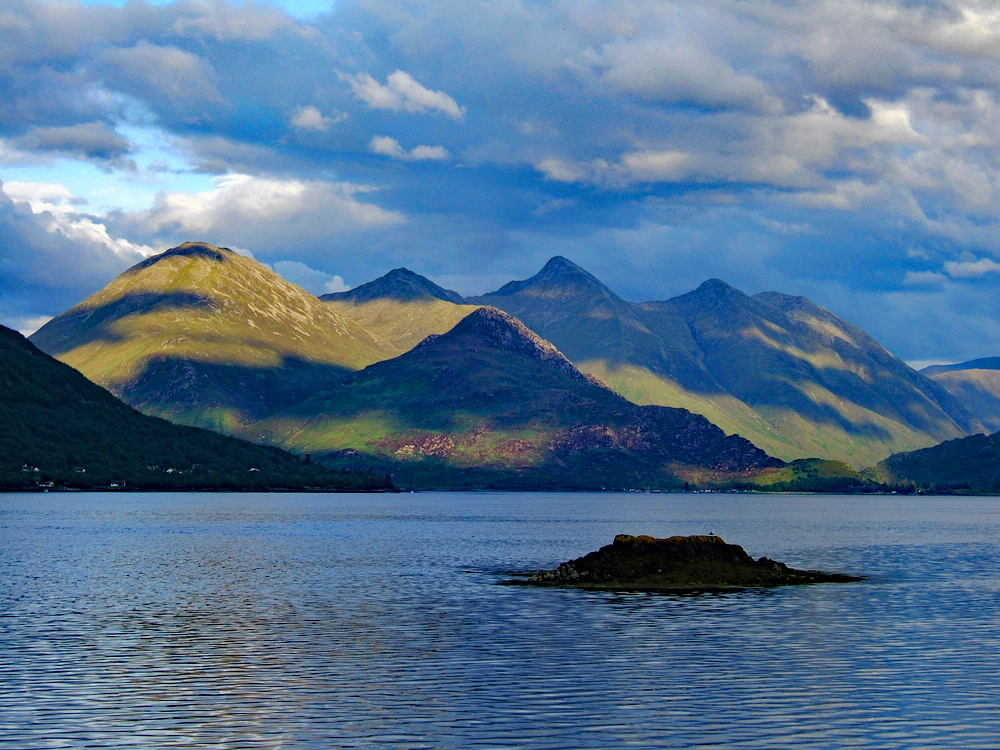
The Five Sisters of Kintail Image Shutterstock
The Sixth Labyrinth
Book Five, The Child of the Erinyes series. A new myth from Ancient Greece.
![]()
Morrigan Lawton lives a lonely, wearying existence in a land that long ago turned its back on magic and myth.
Curran Ramsay enjoys every advantage and is loved by all who know him. Yet none of his successes can rid him of the sense that he is missing something, or someone. It haunts every moment, awake and in dreams.
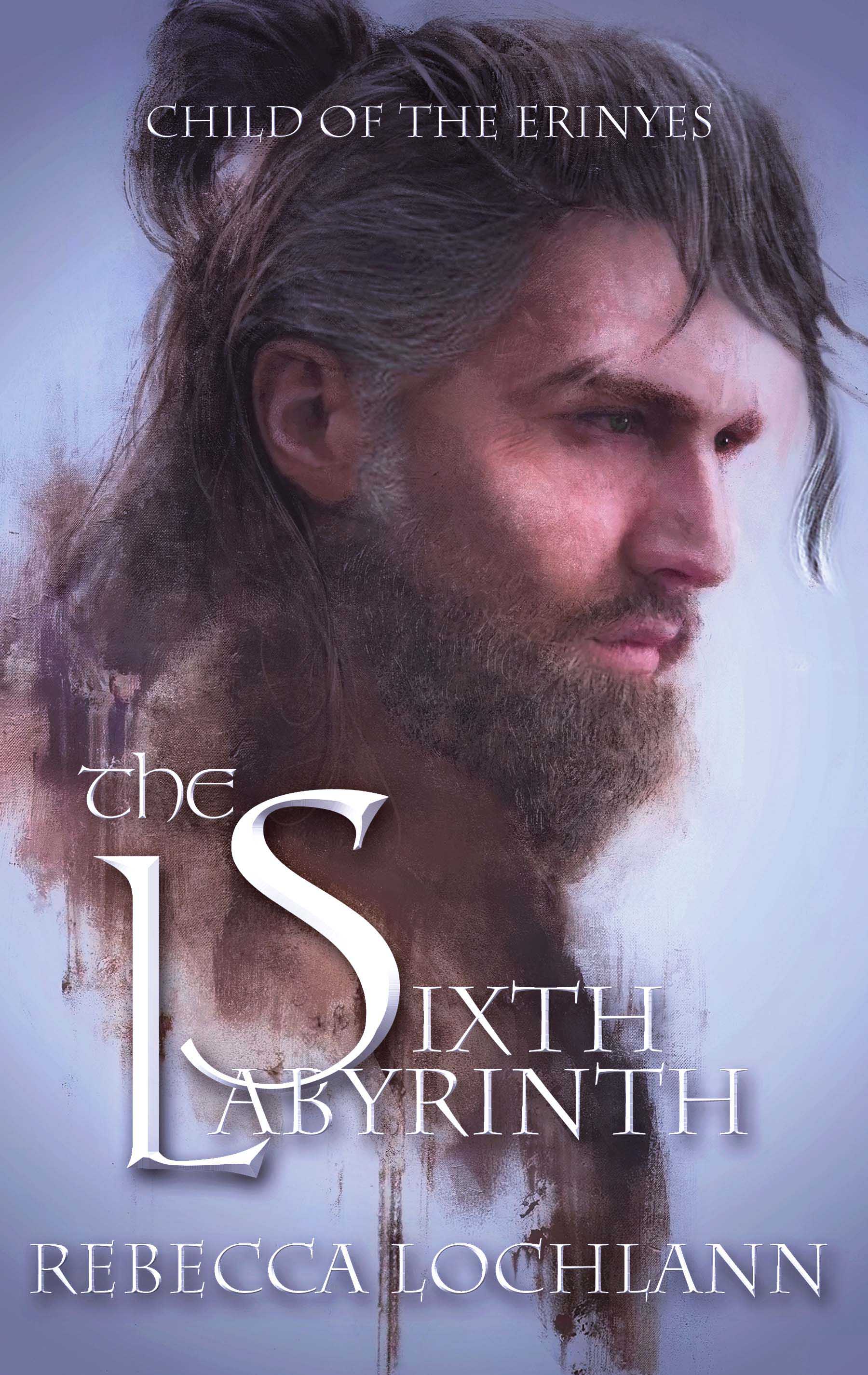
Digital version The Sixth Labyrinth
Twenty years ago, the sea stole Aodhàn Mackinnon’s memories. Now a penniless fisherman, his heart reels from an agony he cannot quite remember–until the landowner’s new wife comes to Glenelg.
A silenced but enduring goddess has seen her place in the souls of mortals systematically destroyed.
But she bides her time.
For Athene, thousands of years mean nothing.
Ancient prophecy and the hand of a goddess propel the triad into the winding corridors of The Sixth Labyrinth.
The sea claims final possession,
and leaves nothing behind.
- Links to retail outlets: Click here








